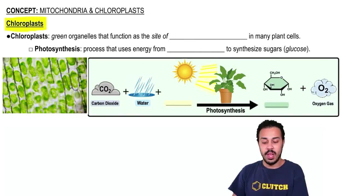Multiple Choice
A researcher made an interesting observation about a protein made by the rough endoplasmic reticulum and eventually found in a cell's plasma membrane. The protein in the plasma membrane was actually slightly different from the protein made in the ER. The protein was probably altered in the __________.
3121
views






